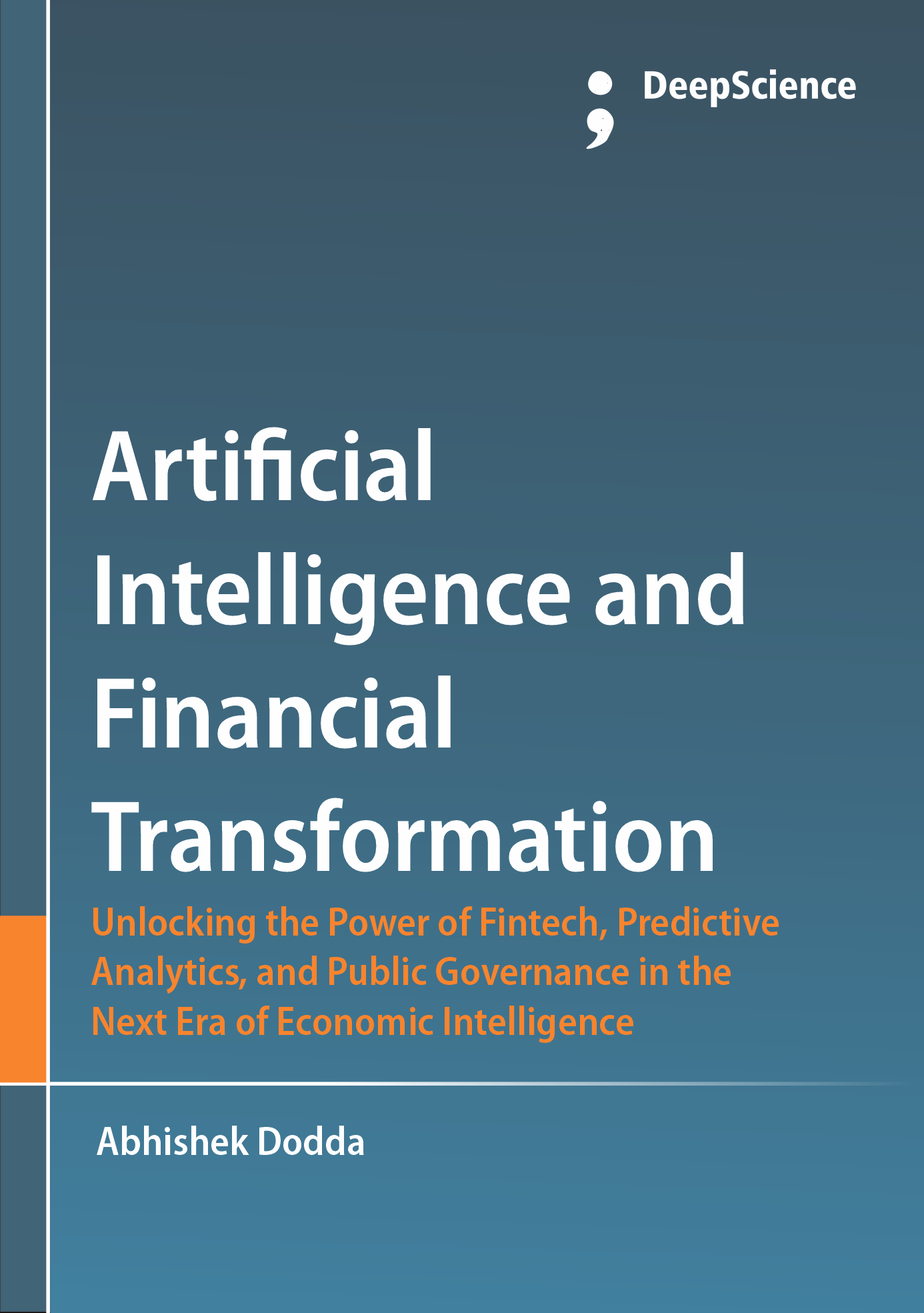The future of digital payments: Blockchain, mobile transactions, and decentralized finance
Synopsis
In a bank-centered financial system, digital payments basically mean how customers access their bank deposits to settle payments. Retail payments are mostly settled through government and commercial banks, but at RTGS level, payments occur through settlement controls of the central banks. In contrast, digital payments in a decentralized currency-based financial system involve no banks or financial institutions. In brief, it is the entire banking system and not just its accounts that do not participate in digital payments.
Digital payments are the electric wiring that connects everyone at the ‘exchange’ and ‘conversion’ levels of the macroeconomic circuit, including consumers, businesses, banks, and central bank. In addition to money transfers, digital payments also provide complementary services needed in consumption and Ecommerce, such as invoicing, matching buyers and sellers, clearing, and settlement. Unlike most circuit activities, digital payments do not have a multiplier effect because of digital payments’ one-for-one service charge. Digital payments also have a major role in the rapid and invisible collection of indirect taxes. Digital payment systems, whether wallet-based or interbank-based, extricate the economy from the “cash flow and multiply” mechanism that has characterized the world economy ever since barter systems were replaced by elaborate currencies. Paper currencies also have become obsolete and are headed for complete replacement by digital payments (Gai et al., 2018; Chen et al., 2019; Arner et al., 2020).
Blockchain technology consists of a distributed ledger shared by all nodes in the system, records of transactions among network participants—stored in the database as transactions, blocks, and chains—the blockchain protocol that maintains the integrity of the database, and smart contracts that automate transaction processing. The multiple and often anonymous parties in a blockchain network are enabled to transact with others by employing cryptographic keys that are adequately protected. Cryptography protects confidentiality and authenticates transaction participants, the blockchain protocol protects data integrity by implementing the consensus mechanism ensuring that all nodes have up-to-date and correct data, and smart contracts automate the execution of transactions when predetermined conditions are met (Narayanan et al., 2016; Tapscott & Tapscott, 2018).












